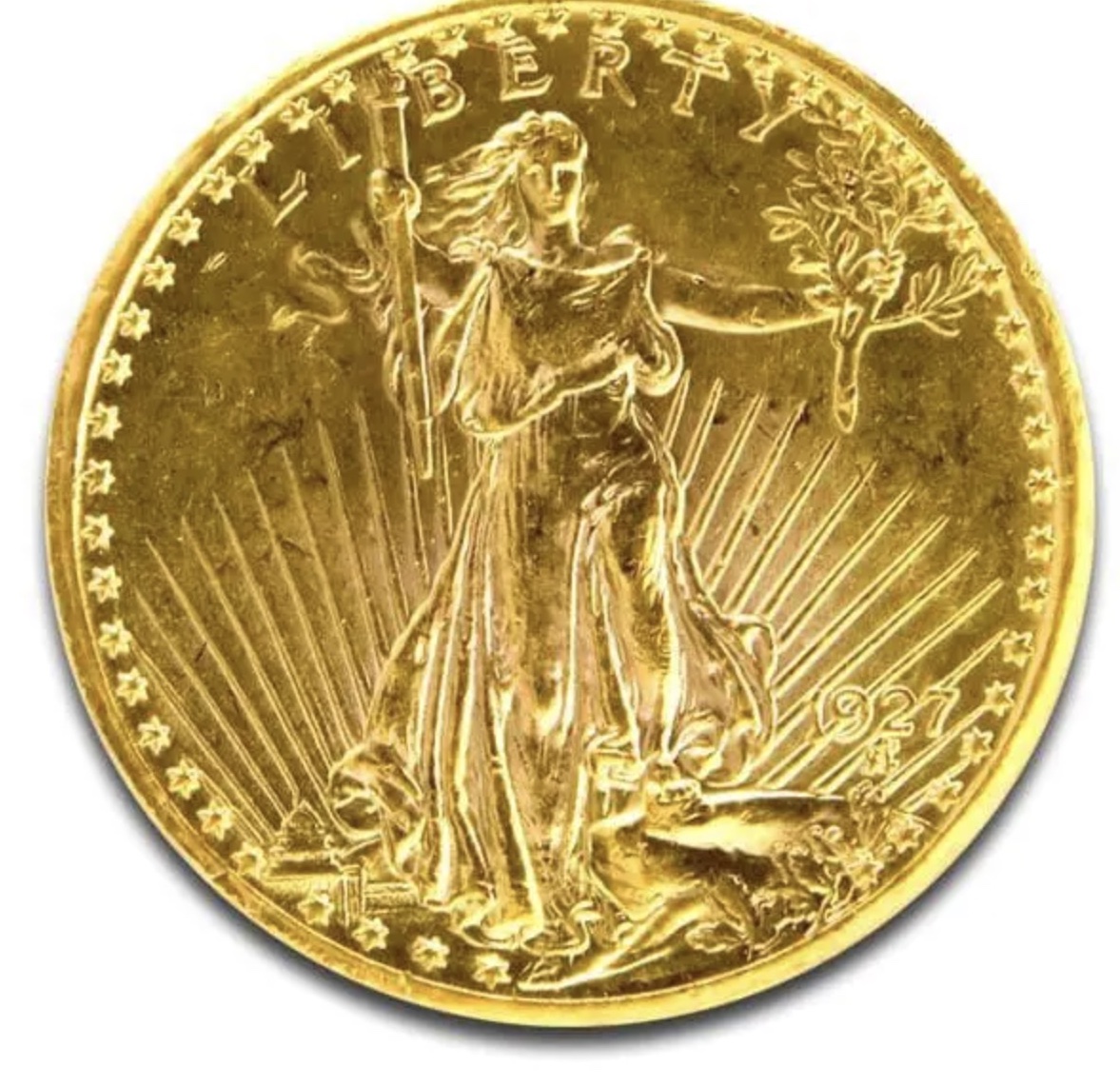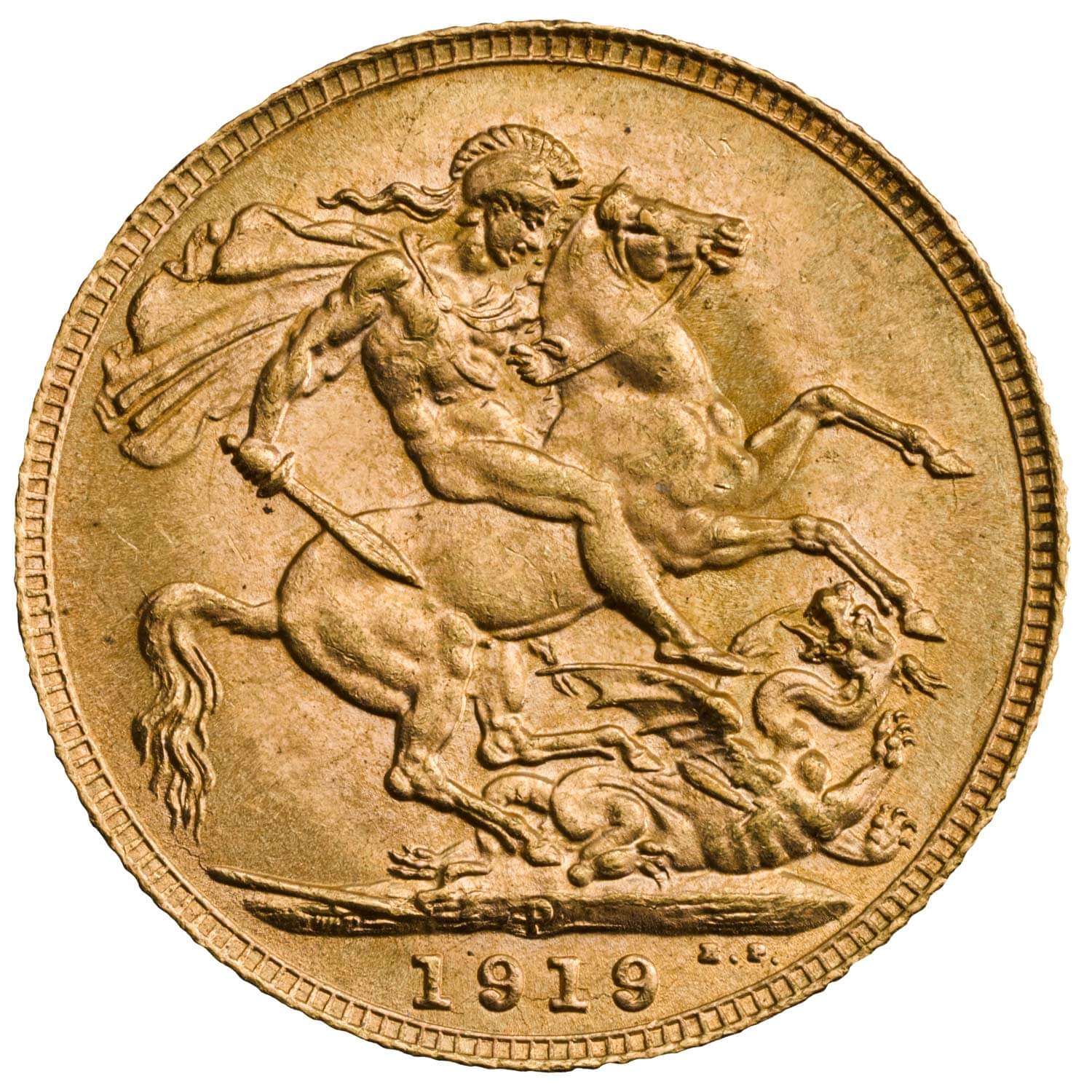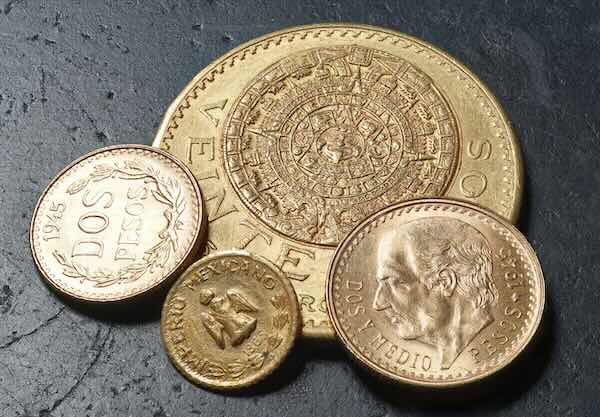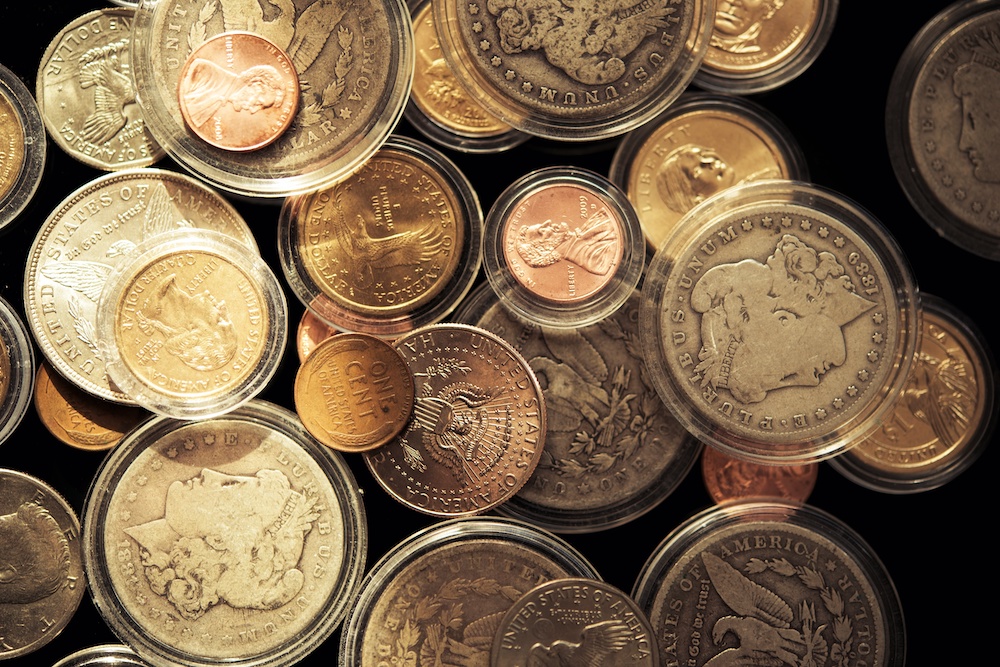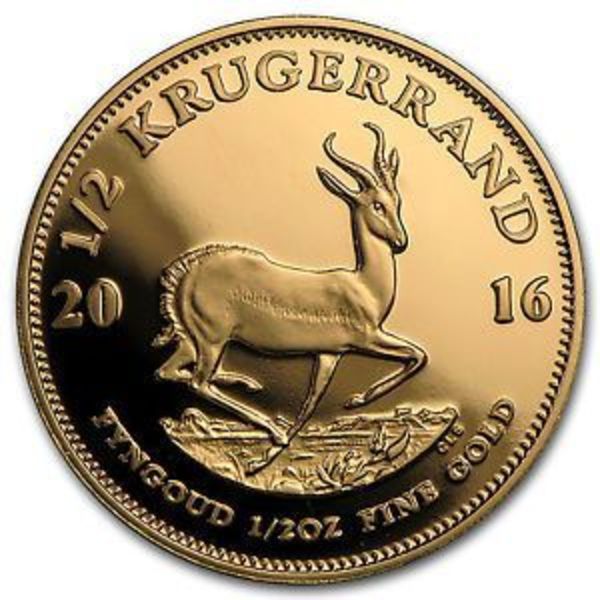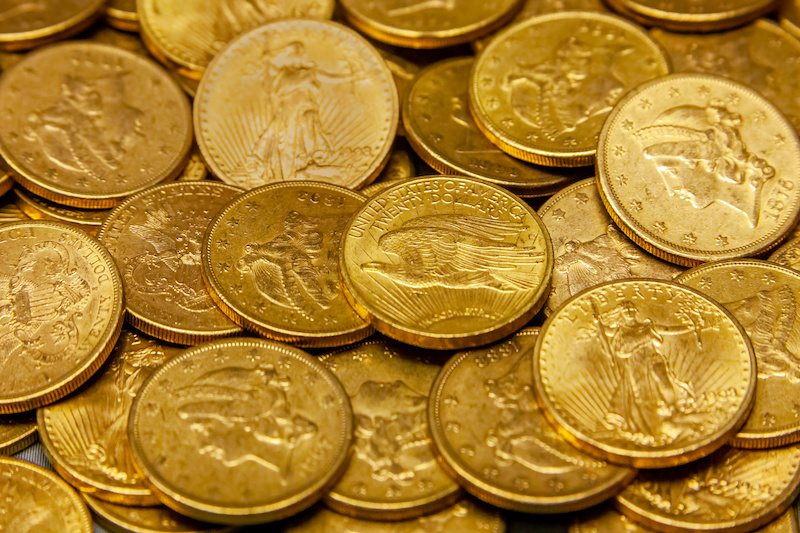Vintage gold coins are tangible assets that can diversify an investment portfolio and reduce risk by spreading exposure across different asset types. Many financial advisors recommend precious metals as a safe haven since prices remain relatively stable relative to the dollar, which can offset the volatility in other investments.
Tangible assets, like gold coins, are an alternative investment that can diversify an existing portfolio and provide protection against inflation. Beyond potential financial gains, collecting, studying, and preserving historical coins can morph into a numismatic hobby that also provides protection against inflation.
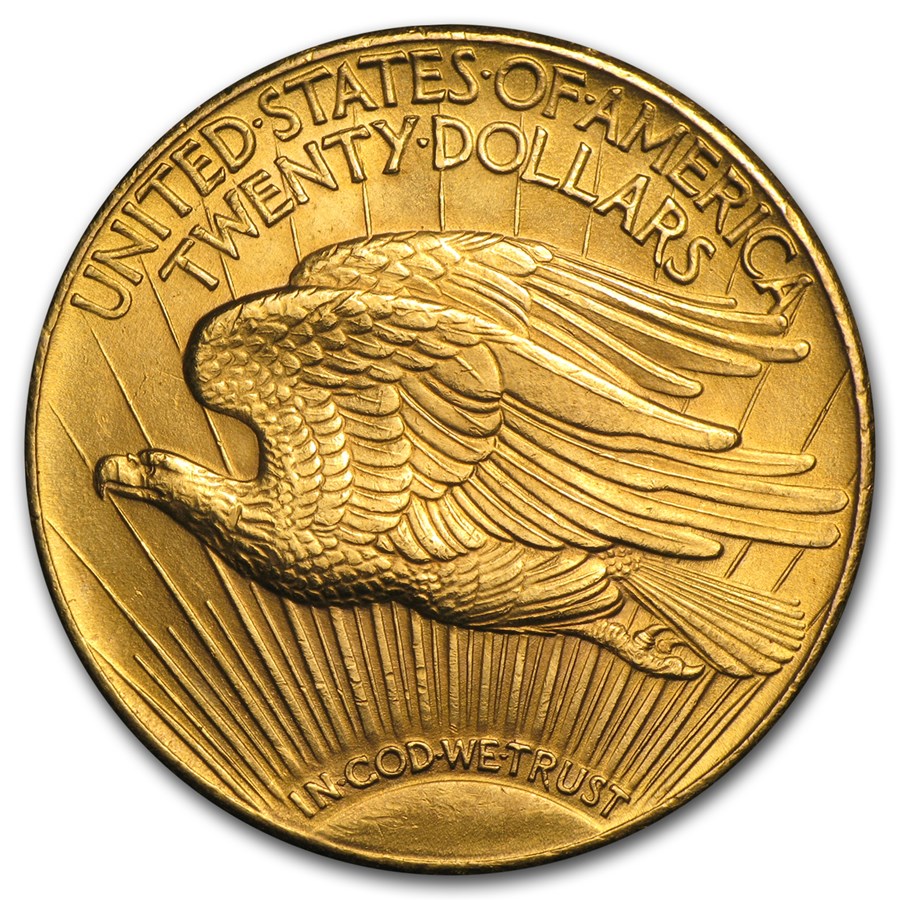
Gold Coins in Circulation
Before the Great Depression, gold coins were the normal and natural form of money in common circulation worldwide. While the government recalled millions and melted them down, millions more were saved from the smelters due to limited personal ownership exemptions in the law and exemptions for coins with numismatic value.
During the era of the gold standard, gold coins were the preferred and accepted method of trade and commerce. In recent years, many well-preserved Pre-1933 US Mint gold coins have been discovered in historic “hoards” from European vaults, such as the well-known Rive d’Or Collection, found in a bank in Paris and released in 2008.
Coins having historical significance often appreciate in value, especially those in good condition, with rare mint marks, from limited mintages, those connected with special collections, and others. Owning some of these tangible assets can bring personal satisfaction and a sense of connection to the past, in addition to the intrinsic value of gold.
Avoiding Counterfeits
Some known counterfeits circulate in the market occasionally, most often from shady sellers. These are easily discovered due to the widespread industry use of XRF along with more affordable devices like the Precious Metals Verifier from Sigma. These devices have become indispensable tools for local coin shops, pawn shops, “we buy gold” stores and jewelry stores.
Many investors choose third-party graded gold coins from companies such as NGC and PCGS to reduce risk. Coins graded and encapsulated by these services have been verified as authentic. Based on an expert analysis, a grade and unique serial number are assigned to each coin during the review process, which can later be used to verify authenticity.
In addition to Sigma, a variety of other devices assist hobbyists, numismatists, and investors in verifying authentic products and reducing risk.
US Mint Pre-1933 Gold Coins
American gold coins from the late 19th and early 20th centuries are favorites of many investors and collectors due to their connection to our history. While collectors and investors have held these coins for nearly 100 years, they are among the most widely recognized throughout the world.
Pre-1933 gold coins from the US Mint were minted to standards defined by the Coinage Act of 1792, which was updated in 1849 and again in 1873. The original Act defined three distinct denominations; the updated Act included the larger $20 Double Eagle.
- $10 Eagle – Defined with 247 4/8 grains of pure gold or 270 grains of standard gold. The accepted
- The standard for coin gold during the era was 90% purity, or .900 fineness. This accounted for a significant amount of gold, which was alloyed with a small amount of more durable metals like copper for added strength for circulation. Each $10 gold eagle coin is minted with 0.4838 troy ounces.
- $5 Half Eagle – Defined with 123 6/8 grains of pure gold or 135 grains of standard gold. Each $5 gold eagle coin is minted with 0.2419 troy ounces of gold.
- $2.50 Quarter Eagle – Defined with 61 7/8 grains of pure gold or 67 4/8 grains of standard gold. Each $2.50 Quarter Eagle gold coin is minted with 0.121 troy ounces.
- $20 Double Eagle – Define as the twenty-dollar piece, five hundred and sixteen grains of standard gold.
The California Gold Rush increased the inflow of gold into the US Treasury, requiring new denominations to handle the influx. The Coinage Act of 1849 authorized the production of the $20 Double Eagle, which was the largest denomination for a regular-issued US gold coin. The Act also established the specifications for the $1 gold coin, the smallest.
The Liberty Head double eagle or Coronet double eagle was introduced as a pattern coin by the US Mint in 1849 and entered production in 1850. Each $20 Double Eagle Gold Coin is minted with 0.9675 troy ounces of gold. The Double Eagle weighed 33.436 grams and was made from 90% gold and 10% copper alloy, maintaining the standard for US gold coins.
Throughout its mintage history from 1850 until 1933, more $20 Double Eagle Gold Coins were issued than all other denominations. Today, these coins are highly sought after by investors and collectors, particularly those that are third-party graded and in mint state condition.
Tangible Assets
These coins are made of 90% gold, which gives them intrinsic value based on the current price of gold. This means that even if the numismatic value of the coins fluctuates, they will always retain value based on their gold content.
These coins are historical artifacts from a bygone era when the economy was on the gold standard. The rarity and historical significance of Pre-1933 gold coins can add a numismatic premium to their value. This means that these coins can appreciate in value over time, not just due to the price of gold but also due to their historical and collectible value.
Moreover, the tangible nature of these coins can provide a sense of security not found in other types of investments. They are physical assets that you can hold in your hand, which can be reassuring in a world of digital and paper investments. This tangibility also means they can be easily stored, transported, and sold, making them a flexible investment option.
While millions of these coins were minted before the prohibition on private gold ownership, millions were melted down into large gold bars for deep storage at the Bullion Depository at Fort Knox and in the underground vault at the Federal Reserve in New York.
